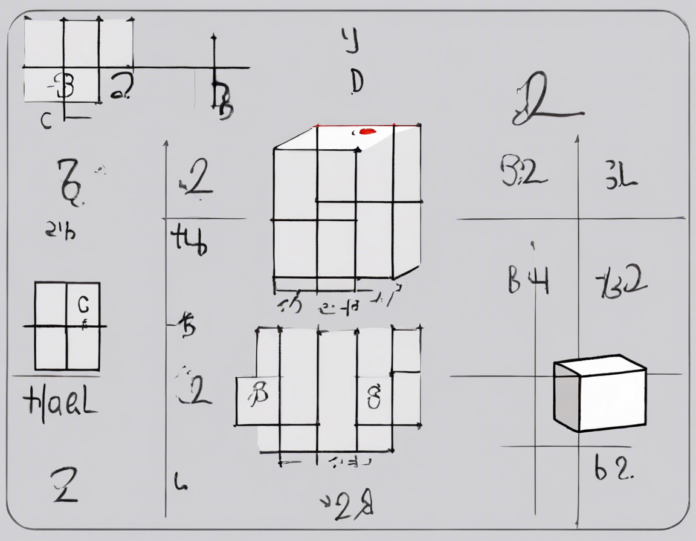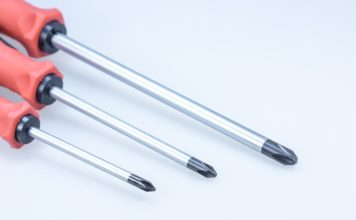Have you ever found yourself struggling with subtracting cube formulas in your math class or while working on a complex problem? Fear not, for we are here to make it simple for you. In this article, we will break down the process of subtracting cube formulas step by step, providing you with clarity and confidence in tackling these types of equations. Let’s dive in and demystify subtracting cube formulas.
Understanding Cube Formulas
Before we delve into subtracting cube formulas, it’s essential to have a solid understanding of cube formulas themselves. In mathematics, a cube is a three-dimensional solid object bounded by six equal squares, resulting in all sides being equal in length. The volume of a cube can be calculated using the formula:
[ V = a^3 ]
where ( a ) represents the length of one side of the cube.
Similarly, the surface area of a cube can be found using the formula:
[ SA = 6a^2 ]
Now that we have refreshed our memory on cube formulas, let’s move on to subtracting cube formulas.
Subtracting Cubes of Binomials
When it comes to subtracting cube formulas, we often encounter expressions that involve the subtraction of cubes of binomials. The general formula for the cube of a binomial is:
[ (a – b)^3 = a^3 – 3a^2b + 3ab^2 – b^3 ]
And similarly, for the sum of cubes:
[ (a + b)^3 = a^3 + 3a^2b + 3ab^2 + b^3 ]
To subtract the cube of one binomial from another, we simply apply the formula for the difference of cubes:
[ (a – b)^3 – (c – d)^3 = (a^3 – 3a^2b + 3ab^2 – b^3) – (c^3 – 3c^2d + 3cd^2 – d^3) ]
Expanding this expression, we get:
[ (a – b)^3 – (c – d)^3 = a^3 – 3a^2b + 3ab^2 – b^3 – c^3 + 3c^2d – 3cd^2 + d^3 ]
Step-by-Step Guide to Subtracting Cube Formulas
To simplify the process of subtracting cube formulas, follow these steps:
Step 1: Identify the Terms
Identify the terms in each cube expression you are subtracting from one another.
Step 2: Apply the Difference of Cubes Formula
Subtract the cubes by applying the difference of cubes formula mentioned earlier. Be mindful of the signs while subtracting each term.
Step 3: Simplify the Expression
Combine like terms and simplify the resulting expression to its final form.
Let’s illustrate this process with an example.
Example:
Subtract ( (x – 2)^3 – (3 – y)^3 )
Applying the difference of cubes formula, we get:
( x^3 – 3x^2(2) + 3x(2)^2 – 2^3 – 3^3 + 3(3)^2y – 3(3)y^2 + y^3 )
Simplify this expression further:
( x^3 – 6x^2 + 12x – 8 – 27 + 27y – 27y^2 + y^3 )
The final expression after simplification would be:
( x^3 – 6x^2 + 12x – 8 – 27 + 27y – 27y^2 + y^3 )
Practice Problems
To enhance your understanding of subtracting cube formulas, here are a few practice problems for you:
- Subtract ( (2x – 4)^3 – (3 – y)^3 )
- Subtract ( (a + 5)^3 – (b – 2)^3 )
- Subtract ( (-2m + 3)^3 – (4 – n)^3 )
Common Mistakes to Avoid
When dealing with subtracting cube formulas, be cautious of the following common mistakes:
- Misapplying the difference of cubes formula
- Incorrectly distributing the negative sign while subtracting terms
- Failing to simplify the expression completely
By being mindful of these pitfalls, you can streamline your process and arrive at accurate solutions.
FAQs (Frequently Asked Questions)
Q1: What is the formula for the sum of cubes?
A1: The formula for the sum of cubes is ( (a + b)^3 = a^3 + 3a^2b + 3ab^2 + b^3 ).
Q2: How do I know when to use the difference of cubes formula?
A2: You should use the difference of cubes formula when you are subtracting the cubes of two binomials.
Q3: Can I apply the difference of cubes formula to more than two binomials?
A3: Yes, you can extend the application of the difference of cubes formula to multiple binomials being subtracted.
Q4: What if one of the binomials is a negative term?
A4: Ensure that you distribute the negative sign appropriately while applying the difference of cubes formula.
Q5: How can I check if my solution is correct when subtracting cube formulas?
A5: You can verify your solution by expanding the expression and simplifying it to see if it matches the expected result.
In conclusion, mastering the art of subtracting cube formulas is a valuable skill in the realm of mathematics. By understanding the underlying principles and following a systematic approach, you can tackle these equations with confidence and accuracy. Remember to practice regularly and be aware of common mistakes to avoid errors. Happy calculating!









